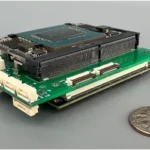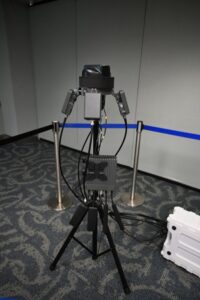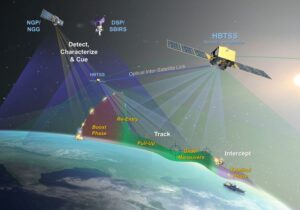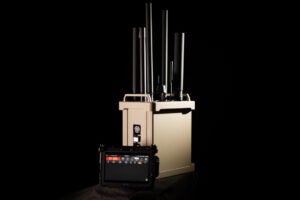
On Sept 18 last year, Rep Jay Obernolte (R-Calif.) posted on X that he and Rep. Ken Calvert (R-Calif.), the chairman of the House Appropriations Committee's defense panel, had recently visited Exquadrum, a small business in Victorville in Obernolte's district. "Exquadrum has developed systems and technologies such as leading-edge hypersonic solid-fuel rockets and the testing of rocket engines that will soon land on the moon," Obernolte wrote on X. "Innovations like those produced at Exquadrum are critical to ensuring America…














